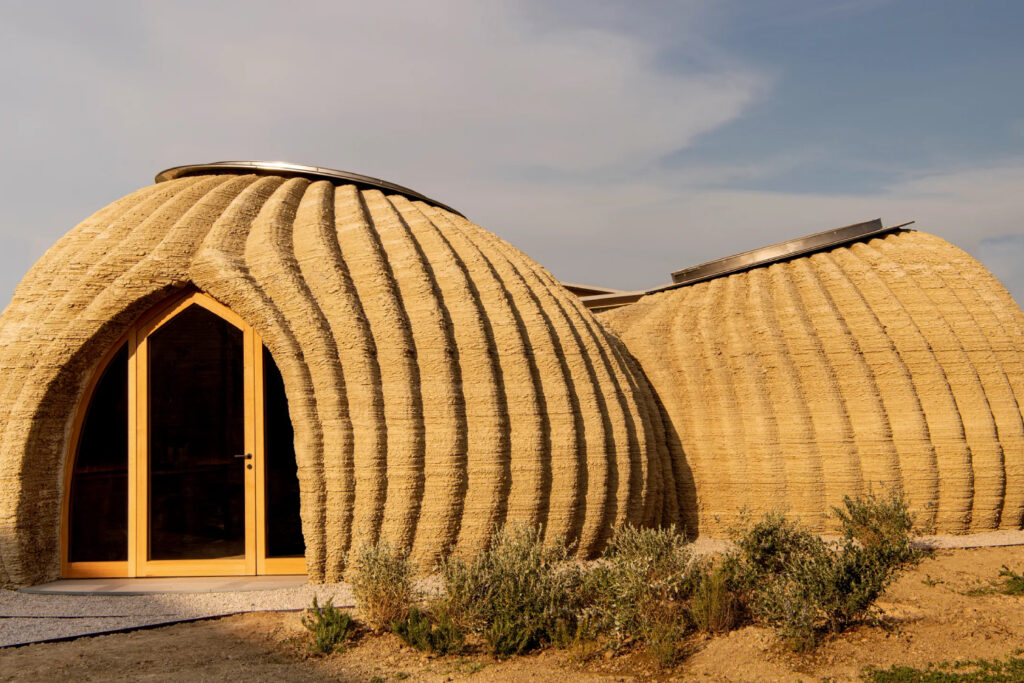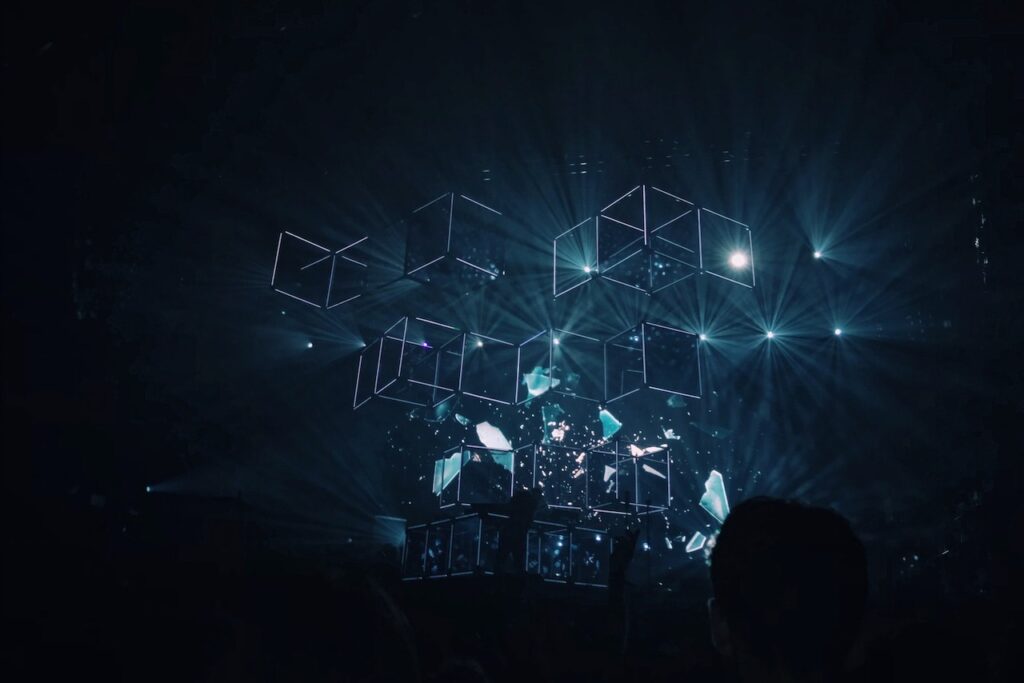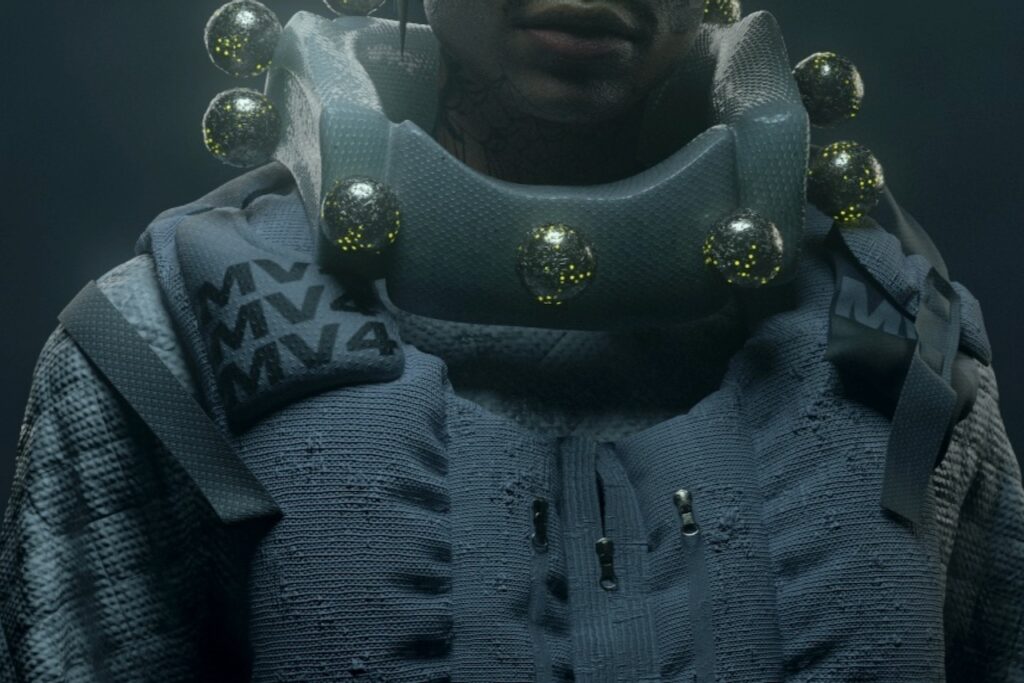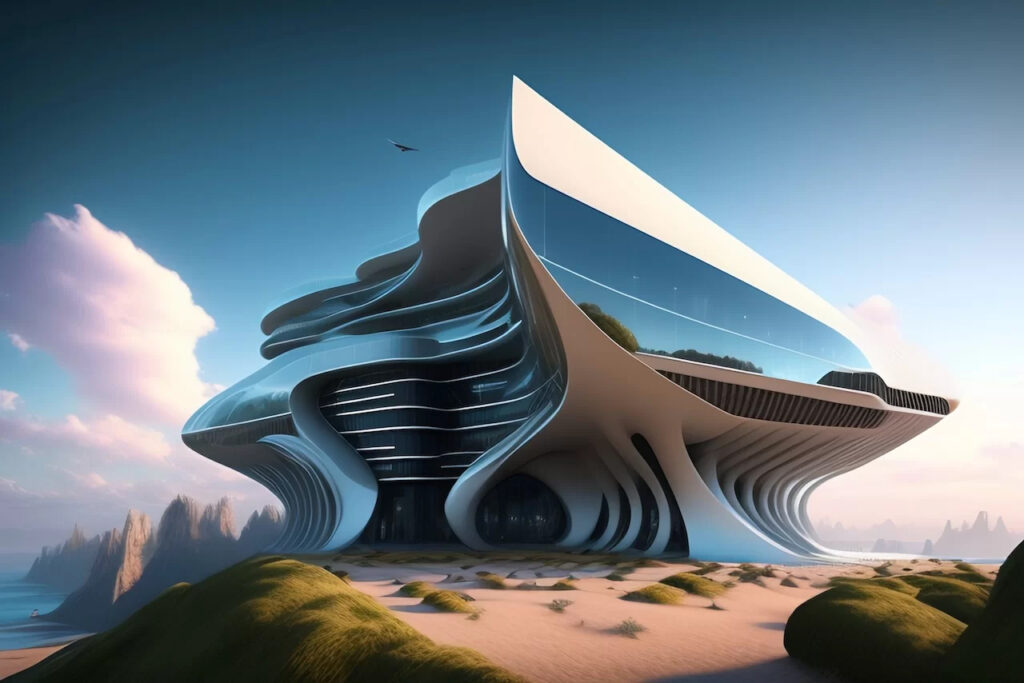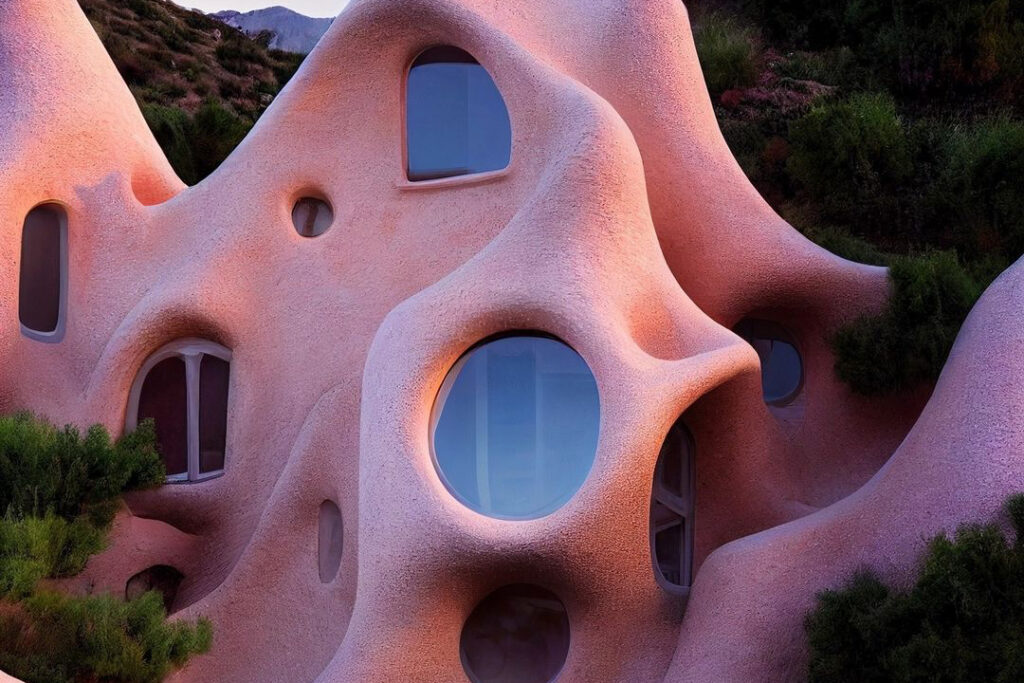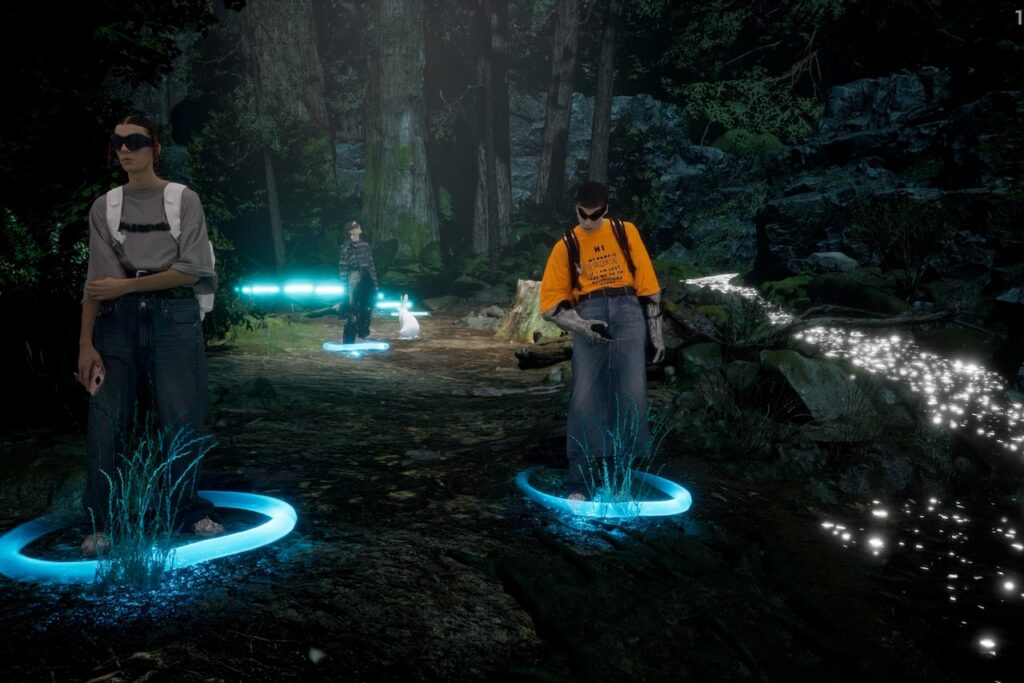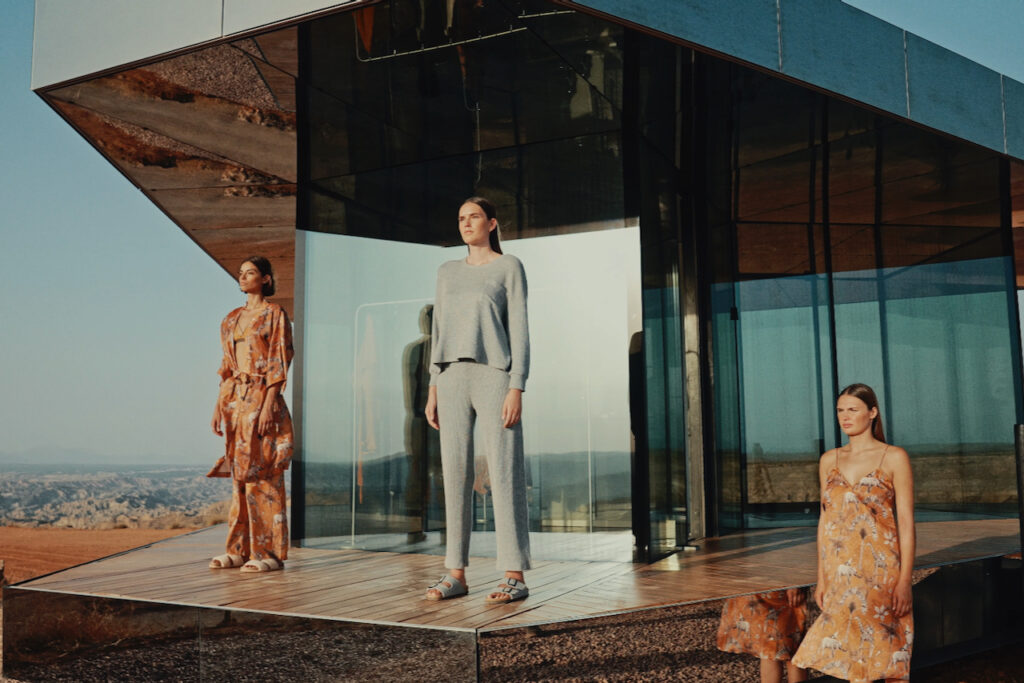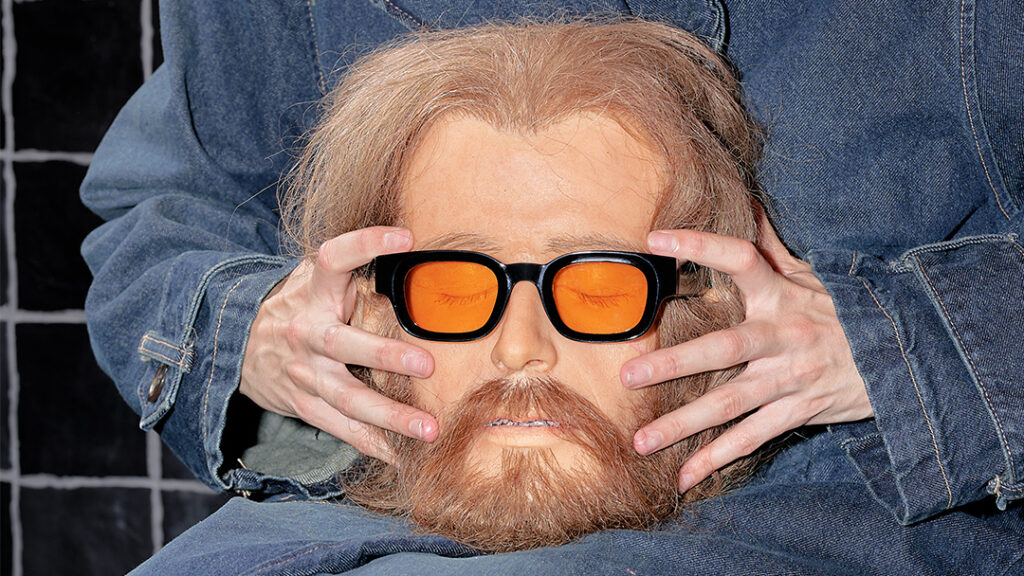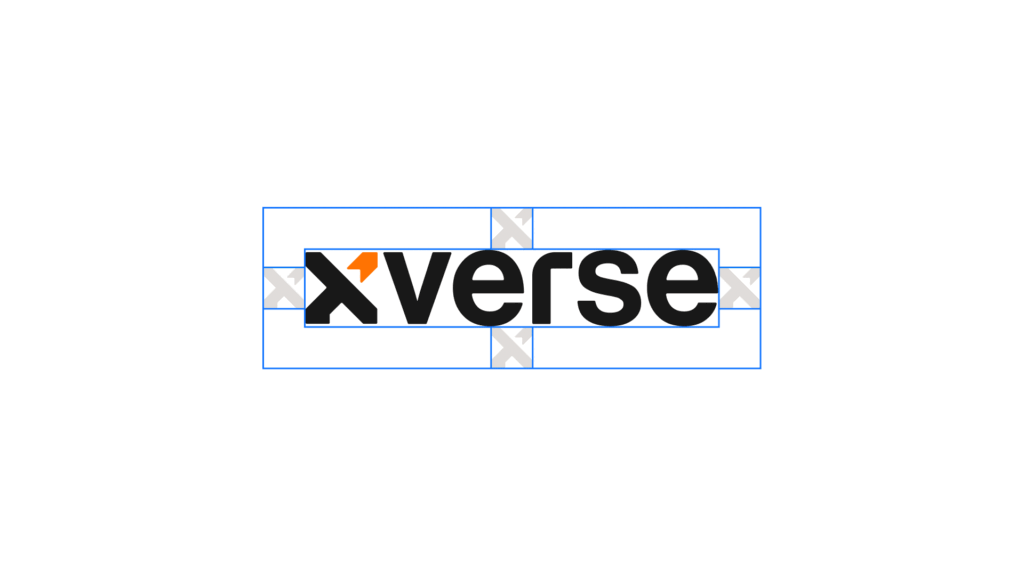Artificial Intelligence, AI, one of the greatest technological innovations of the twenty-first century. Hailed as the way forward into more efficient processes for countless industries. Thanks to AI and machine learning, we have witnessed significant improvements in healthcare management, marketing, banking and financial services, transportation and food technology to name a few. And while AI is indisputably a game-changer in the optimization of a vast array of businesses and social enterprises, it looks like it’s not a clear rose-coloured pair of glasses for all. The creative industry for one is quite torn in its reception of AI. There are some who praise AI art and can barely contain their excitement at the possibilities of what an AI drawing generator can do. Others believe this is the beginning of the end.
So which is it? While arguments against AI art make all the sense in the world and ring rather true, there are always two sides to the coin.
Popular opinion: AI art isn’t real art
One of the starkest criticisms that AI art faces are the argument that it will destroy the creative industry, particularly that of painting. If an artist takes hours, days, weeks, or months to create a piece – not to mention the years of the previous study to gather the skill, ability, and knowledge necessary – but an AI can do it in minutes, what does that say about the future value of art?
AI art is stolen art
AI can’t feel, AI can’t use its heart to guide the paintbrush and contain happiness, anguish, joy, heartbreak or ecstasy on a canvas. It can’t explain what’s behind its AI painting. All it can do is gather immeasurable amounts of images, study them and spit fractions of them onto a digital image in about 60 seconds. Yet another thing that bothers artists. The notion that AI art is simply “stolen art” combined. Now, while all art has influences from other artists, artists usually give credit where credit is due. AI does not.
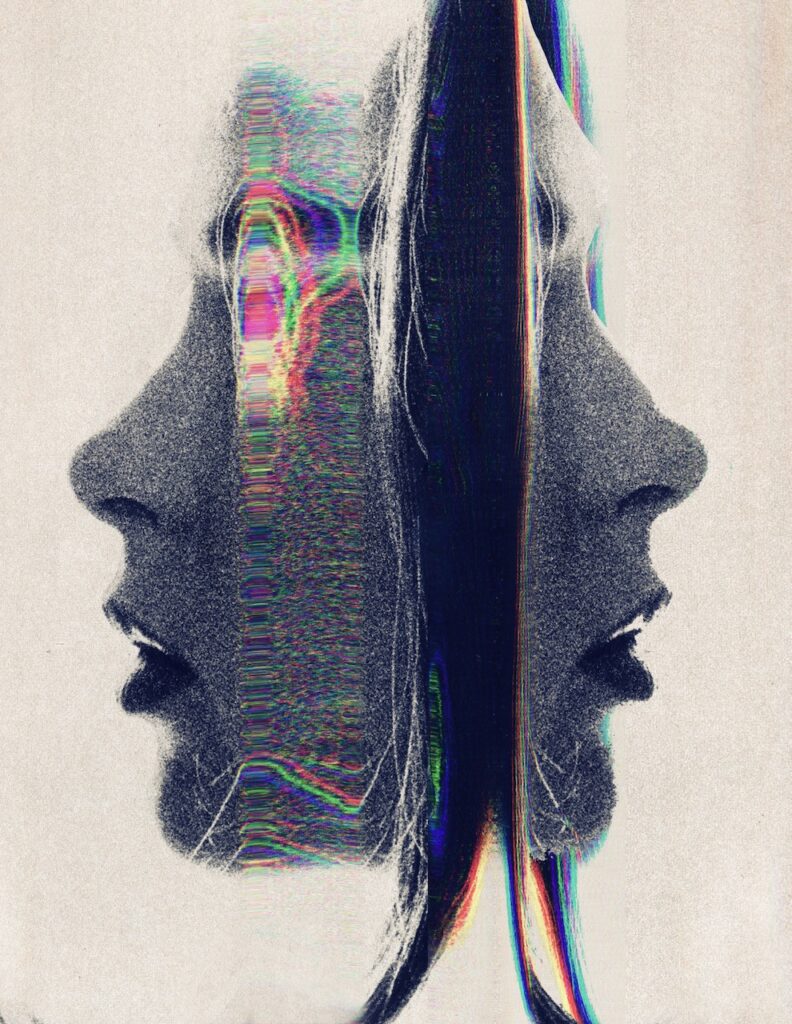
An AI drawing generator cannot come up with anything truly new
Right now, AI is limited in the sense that it learns from humanity, therefore it cannot surpass humanity. So, right now AI can’t really replace artists. AI art can only go as far as we go, and regardless of how advanced AI is, there’s still a long way to go until it reaches that limit. Although AI drawing generators can come up with amazing pieces, it’s not as simple to equate the level of a real-life artist. The artistry in the piece goes beyond a physical standalone painting. AI art can’t really do that.
But what if all an AI drawing generator generates is fear
Ultimately, it’s rooted in fear. The ultimate fear when it comes to AI permeates most projected technological futures. Echoing through most futuristic science-fiction narratives in books, films, and tv series since the concept of AI came to be. We’re talking, of course, about none other than the fear of AI becoming self-aware and turning against humanity. The singularity. The point of no return. In the creative industry, this fear is rooted not necessarily in AI turning against us, but rather in AI replacing us entirely. If AI does actually end up being able to do what we can do, if AI art is given the same value as a physical art, then it’s only a matter of time until AI art surpasses human art.
Could AI art lead to a new understanding of creativity?
While we understand the position of firmly asserting AI’s inability to serve as any source of genuine creativity, could we -plain and simply – be wrong about this? Perhaps looking at this issue as if the dilemma revolved around AI’s inability to be creative is the root of the drawback. So just hear us out for a minute. What if we changed our perspective on what creativity is? Or rather, the value that it has?
After all, don’t painters first study the foundational techniques of art and then deconstruct their knowledge to find their own particular style? Picasso didn’t paint the way he did because he didn’t know how to paint anything else. He painted the way he did because he worked through several techniques and styles until he was able to coalesce all he had learned and with that, give birth to his true artistic self.
This romanticized notion of an artist channelling creativity through a unique understanding of the human experience has undoubtedly given rise to some incredible works of art. But an AI drawing generator needn’t take away from this process. If instead, we thought of AI art as a tool to deepen our process of knowledge construction before deconstructing it to find our true artistic selves, a new understanding of creativity would ensue. We could go further into creative expression than we have gone before. Or perhaps not further, but explore other spaces and areas that we might not have been able to before due to the constraints of the physical world we inhabit.
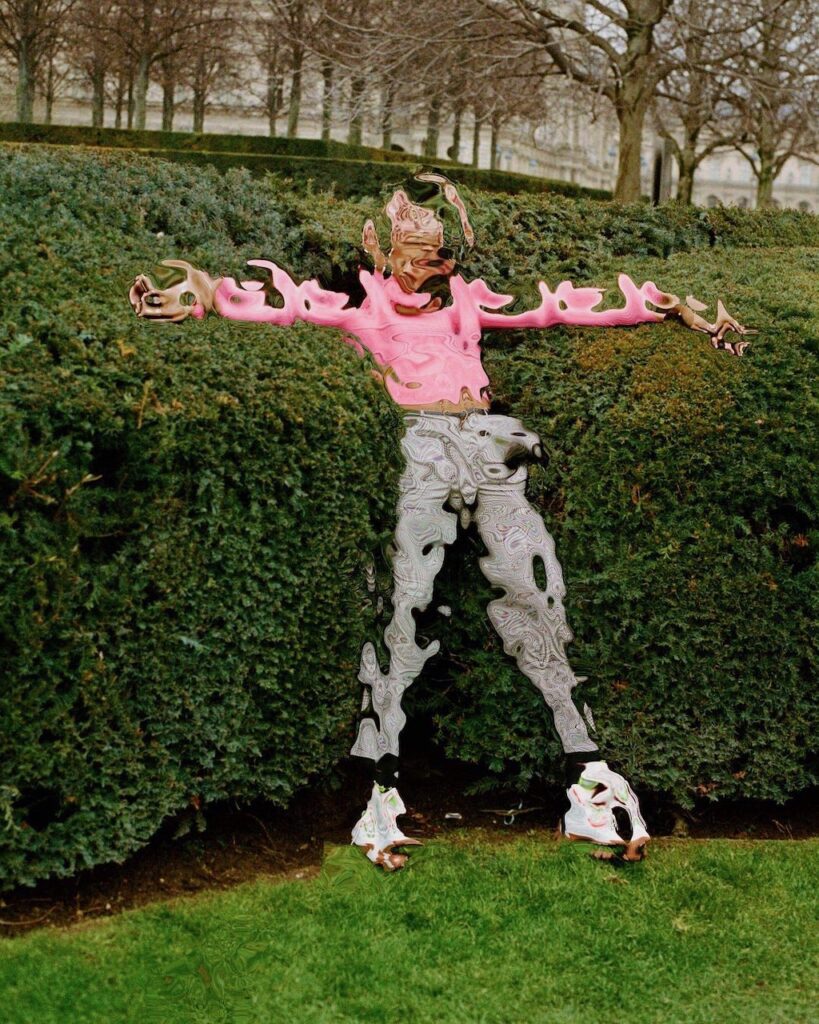
In a way isn’t it similar to digital art? When digital art first came about, many thought it would tarnish the purity of physical art, but it didn’t. It merely proved to be another tool at the disposal of artists to explore their journey of artistry.
So perhaps it’s time to get over our fears and truly understand that when it comes to technological innovations it always boils down to the same thing. Technology is the tool, it’s the way that we use it that matters.

